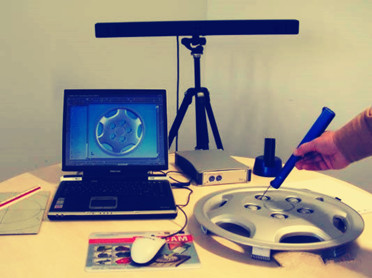The engineering sector is flexible and innovative. Today's engineers use innovation and creativity to create new products that serve their customers. These engineering items are essential for facilitating commercial interactions and boosting the regional economy. However, one question comes to mind when you consider innovation. How do engineers of today maintain innovation in a hectic commercial environment?
In Reverse Engineering upon OE samples, the solution is found. Innovating and igniting ideas that fill needs in many industry sectors is made possible in large part through reverse engineering. Reverse engineering, at its core, is the act of removing components from damaged items in order to assess how well each component functions before implementing the findings into new products.
Construct A New Version Of An Old Product:
In order to redesign an existing product, it is essential to try to comprehend how it operates. Engineers will be able to smoothly reconstruct outmoded items while preserving quality since Reverse Engineering upon OE samples provides the opportunity to work on outdated kinks in an older system. Reverse engineering can guarantee that there are no quality lapses.
Examine Current Strategies And Designs:
Reverse Engineering upon OE samples allows you to investigate an existing object. This could be a component, method, or structure that benefits a specific community. Reverse engineering will help engineers innovate and discover by evaluating currently available products on the market.
Identify Product Weaknesses:
A product's flaws can be found using Reverse Engineering upon OE samples. This contributes to ensuring the consumers' security and well-being. Instead of learning about these problems at the distribution phase, reverse engineering allows for the detection of all such problems during the research process itself.
Motivate Creative Design:
Last but not least, Reverse Engineering upon OE samples opens the door for creative design. Reverse engineering is a technique used in engineering to assist find systems that may be valuable for unrelated projects. Engineers can connect projects with their prior knowledge and generate fresh ideas by using reverse engineering.
Building A CAD Model for Future Use:
A fully functional CAD file is needed for reverse engineering operations and is typically kept around for future usage. In order to digitally inspect engineering parts in case of future problems, a CAD file is typically prepared. Both product expressiveness and engineering productivity have increased as a result of this Reverse Engineering upon OE samples approach.

